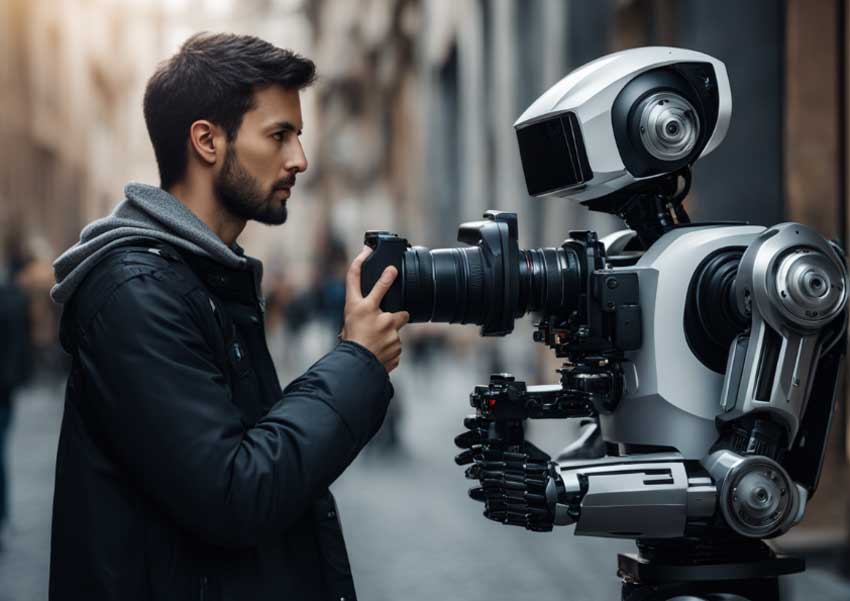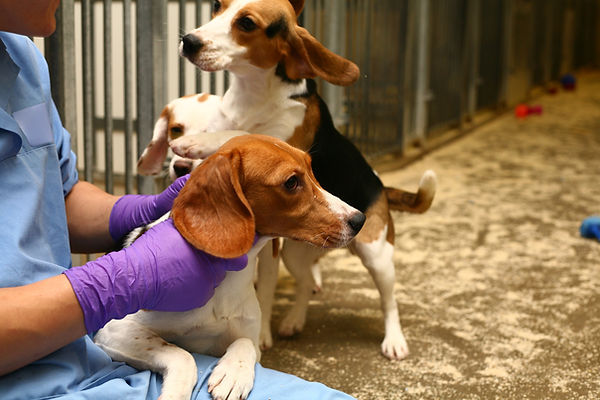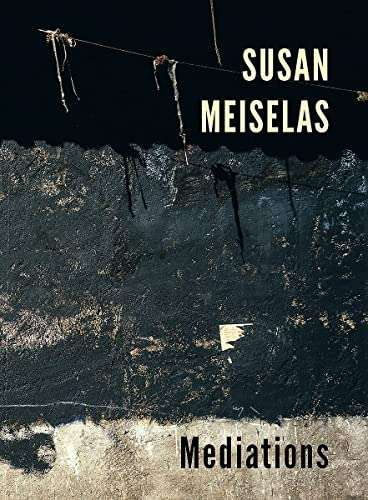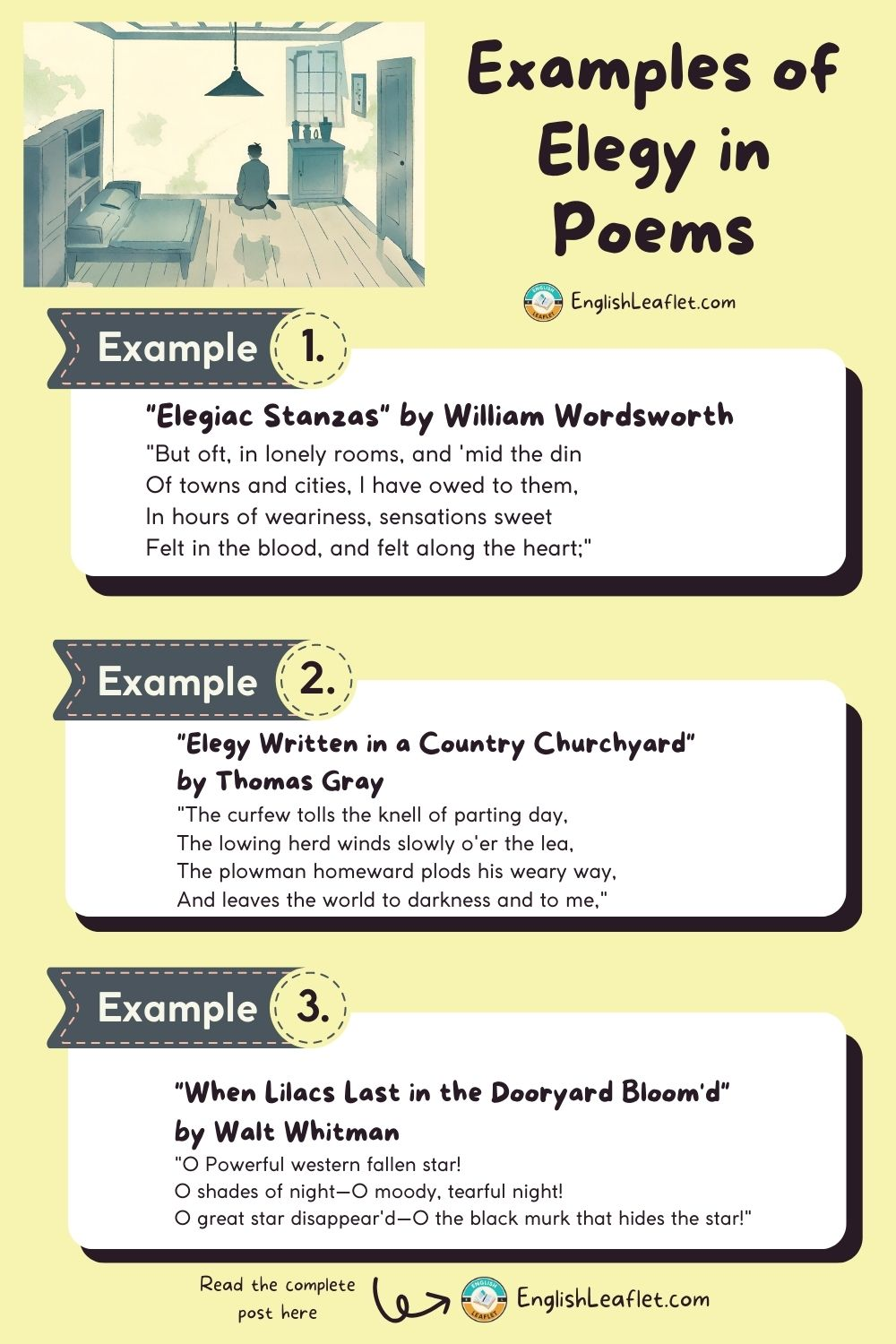AI in photojournalism is reshaping the landscape of visual storytelling, presenting both challenges and opportunities. As advancements in artificial intelligence blur the lines between genuine and synthetic images, concerns about the impact of AI on photography are on the rise. Yet, leaders like Kira Pollack are exploring how this same technology could revolutionize the preservation of photo archives, ensuring that historic images are maintained for future generations. By utilizing AI to provide deeper insights and contextual analysis, the future of photojournalism could see a blend of innovation and integrity. This dual approach not only promises to safeguard the visual history chronicled by talented photojournalists but also redefines how we engage with visual narratives that reflect the truths of our world.
The integration of artificial intelligence into the realm of photojournalism represents a significant pivot in how photographers and journalists interact with their craft. With the rise of machine learning and AI tools, the dynamics of image creation and curation are evolving, creating a compelling future for visual documentation. Alongside its potential to preserve historical archives, this technology underscores the essence of authorship and authenticity in photography. Many practitioners are now contemplating how these advancements can be ethically harnessed to maintain the cultural integrity of visual narratives. Overall, as AI becomes a prominent player in visual storytelling, it encourages an important discussion on preserving heritage amidst the transformative tides of technology.
The Intersection of AI and Photojournalism
As we delve into the impact of AI on photography, we recognize that this technology poses both opportunities and challenges for photojournalism. The rise of artificial intelligence has generated a transformative shift in how images are created, interpreted, and shared. Kira Pollack, a recognized figure in the industry, highlights this duality. While generative AI has the potential to undermine trust by producing increasingly realistic synthetic images, it also opens doors to innovative methods for preserving the authenticity and integrity of photojournalism. In this new landscape, understanding AI’s capabilities becomes crucial for journalists who wish to navigate its complexities while upholding the core values of their craft.
Pollack’s research emphasizes the need for photojournalists to confront these developments proactively. By learning how AI tools can be utilized ethically, photographers can leverage technology to streamline their workflows, enhance storytelling, and preserve the visual archives that document significant historical events. The future of photojournalism lies not in resisting change, but in embracing it with a critical eye. This balance between adoption and caution is essential as the industry grapples with maintaining credibility in a world where visuals are increasingly manipulated.
Preserving Photo Archives in the Age of AI
Kira Pollack’s exploration into the preservation of photo archives highlights a pressing issue within photojournalism: how to protect and utilize the wealth of visual history documented over decades. Many significant images remain undiscovered, tucked away in private collections or underutilized archives. Pollack envisions a role for AI in not just preserving these archives, but also in enhancing their accessibility. Through sophisticated cataloging and analysis, AI technologies can help researchers and enthusiasts uncover gems within troves of forgotten photographs, ensuring that the narratives captured within them are shared with future generations.
However, this push towards digitization and networked archives does not come without its set of challenges. AI tools, if not properly regulated, could risk misappropriating these images or failing to adequately protect the rights of the photographers. Pollack stresses the importance of ethical considerations, advocating for a model that safeguards artists’ intentions while tapping into the benefits of AI. Maintaining a commitment to authorship and memory is essential as we move into a future where technology continues to reshape our understanding of visual history.
The Role of AI in Visual Storytelling
When considering AI and visual storytelling, we encounter a fascinating intersection of creativity and technology. AI has the potential to annotate images and extract rich contextual narratives, turning static photographs into dynamic storytelling tools. Pollack’s work demonstrates how AI can analyze intricate details within conflict photography, allowing viewers to grasp the emotional and historical significance of each image. By harnessing AI’s analytical prowess, photojournalists can enhance their storytelling capabilities, offering audiences an immersive experience that goes beyond mere visuals.
Nonetheless, as AI becomes entwined with visual storytelling, it is crucial to maintain the authenticity of the narrative. The risk of AI-produced insights overshadowing human perspectives cannot be overlooked. Pollack’s stance is clear: AI should augment, not replace, the voices of those who lived the stories behind the images. By using AI responsibly, journalists can create compelling narratives that convey truth and perspective, supporting the integrity of the art of photojournalism in an increasingly digital-first world.
Ethical Considerations in AI and Photography
As AI continues to infiltrate the realms of photography and photojournalism, ethical considerations must take center stage. The risks associated with AI usage—such as copyright infringement and the potential for eroding trust in visual media—highlight the complex landscape that photographers must navigate. Pollack emphasizes the necessity of having rigorous discussions around ownership, consent, and the use of AI for commercial purposes. Recognizing these aspects is vital for ensuring that photographers retain control over their work and can protect it from unauthorized exploitation.
Moreover, the ethical deployment of AI in photography should aim to enhance the medium rather than dilute its value. As photojournalists confront the challenges posed by AI-generated content, they must ensure that their methods remain grounded in the principles of truth and historic preservation. Pollack’s vision of ethics in technology resonates throughout the industry, reminding photographers and technologists alike that innovations should serve humanity’s quest for authenticity in storytelling.
Future Innovations in Photojournalism with AI
The future of photojournalism is ripe with possibilities as technologies evolve and improve. Pollack’s pioneering work at the Shorenstein Center aims to bridge the gap between AI advancements and the preservation of documentary photography. By investigating how AI can enhance archival organization and contextualization, Pollack seeks to pave the way for future innovations that protect the legacies of iconic photojournalists. These innovations may well shape how future audiences interact with the past, making it more accessible and engaging.
Looking forward, innovations stemming from this research could revolutionize the way visuals are archived, organized, and presented. From immersive experiences to improved search functionalities, the integration of AI could enable viewers to navigate the rich tapestry of visual history with ease. Embracing these advancements while ensuring ethical responsibility will be essential, as the photography industry seeks to balance rapid technological growth with the preservation of integrity and trust within its narratives.
The Impact of AI on Photography Authenticity
As the conversation surrounding AI in photojournalism unfolds, preserving the authenticity of photographs becomes increasingly pivotal. With the rise of synthetic images, the challenge lies in distinguishing between what is real and what has been fabricated by AI. Pollack highlights how the very essence of documentary photography—rooted in truth—can be compromised if viewers lose sight of original intent and authenticity. As misinformation rises, maintaining trust through genuine photography is critical for journalists, especially those capturing significant historical events.
In a bid to uphold the integrity of photography in the age of AI, photojournalists must define new standards and practices. This involves not only leveraging AI for analysis but creating frameworks that celebrate authenticity and originality. Pollack’s work seeks to redefine the conversation about authenticity while incorporating the innovative potential of AI, crafting a strategy that respects the past, while looking ahead to a future that might enable more informed visual storytelling.
AI as a Tool for Visual Historical Context
The advent of AI offers unprecedented opportunities to provide visual historical context for iconic photographs, enhancing our understanding of the people, events, and emotions captured in these images. Kira Pollack’s initiative leverages the power of AI to extract meaningful insights from vast archives, transforming how we engage with historical photography. By analyzing elements such as composition, lighting, and even emotional expressions, AI can uncover layers of meaning that may be lost in traditional viewing experiences.
Yet, as we integrate AI into the understanding of visual history, it’s important that these tools serve to enhance, not overshadow, the artists’ narratives. Pollack advocates for a human-centered approach that prioritizes the intentions and stories behind the photographs. This focus ensures that as we utilize AI to uncover previously unseen narratives, we never lose sight of the human experiences that are at the core of photojournalism.
Challenges to Copyright in AI-Driven Photography
With AI’s growing influence, the challenges surrounding copyright and ownership rights in photography have never been more pronounced. As AI systems learn from vast datasets of images, the potential for unlicensed use of photographers’ work raises serious ethical dilemmas. Pollack emphasizes the urgent need for clear regulations and protections to prevent misuse of an artistic medium that relies heavily on individual expression and authorship.
Addressing these copyright issues will require a holistic approach that includes collaboration between photographers, tech developers, and policymakers. Establishing guidelines that protect photographers’ rights while promoting the beneficial use of AI technologies is essential for the long-term health of the photojournalism industry. Pollack’s work aims to illuminate these conversations, ensuring that the discourse surrounding copyright and AI remains active and solution-oriented as the landscape continues to evolve.
Engaging Communities in Digital Photo Archiving
As digital photo archiving gains momentum, community engagement becomes a crucial component in preserving and sharing local histories. Pollack’s outreach efforts emphasize the importance of involving communities in the process of documenting and curating their visual narratives. By fostering partnerships with local organizations, schools, and historians, photojournalists can create a more inclusive archive that reflects diverse perspectives and experiences.
Utilizing AI tools to assist in community archiving not only streamlines the process but also empowers individuals to take ownership of their visual storytelling. Through workshops and collaborative projects, communities can harness technology to digitize memory and history uniquely tied to their identity. This participatory approach aligns with Pollack’s vision of making photojournalism a more accessible and democratized field, where all voices can contribute to the rich tapestry of visual history.
Frequently Asked Questions
What is the impact of AI on photography and photojournalism?
The impact of AI on photography and photojournalism is significant. While AI introduces tools that can enhance creativity and streamline workflow, it also poses challenges, particularly regarding trust and authenticity in visual storytelling. Concerns over copyright violations arise as photographers’ works may be used without consent to train AI models, leading to potential exploitation in the industry.
How can AI help in preserving photo archives in photojournalism?
AI can play a vital role in preserving photo archives by organizing, cataloging, and contextualizing vast collections of images. Through sophisticated analysis, AI can help unlock the narrative content of these archives, making them more accessible and insightful. By using AI ethically, we can ensure that the visual history captured by photojournalists is preserved and honored while mitigating the risks associated with unauthorized use.
What role does Kira Pollack see for AI in the future of photojournalism?
Kira Pollack envisions AI as a tool that could bridge the gap between traditional photojournalism and modern challenges. Her research focuses on using AI to enhance the integrity of visual storytelling while ensuring that photojournalists’ rights and legacies are protected. AI could serve to reinforce the values of truth and authorship in photojournalism, potentially reshaping how archives are utilized and appreciated.
What are the ethical considerations of using AI in photojournalism?
The ethical considerations of using AI in photojournalism revolve around issues of trust, ownership, and integrity. There is a critical need to ensure that AI does not distort visual truth or erode public confidence in real images. Additionally, it is imperative to protect the rights of photographers and avoid unauthorized use of their work in training AI systems. Ethical usage aims to enhance storytelling without compromising the authenticity of photojournalism.
What challenges does the photojournalism community face with AI advancements?
The photojournalism community faces several challenges due to AI advancements, including the potential erosion of trust in photography as AI-generated images become more prevalent. Moreover, there are concerns regarding copyright infringement, as AI models may be trained on existing works without proper consent. The challenge lies in finding ways to embrace technological innovations while safeguarding the principles of visual truth and ethical practices in photojournalism.
How does AI enhance visual storytelling in photojournalism?
AI enhances visual storytelling in photojournalism by providing advanced tools for analyzing images, identifying themes, and contextualizing content. By harnessing AI’s ability to process large volumes of data, photojournalists can uncover insights that enrich narratives and deepen audience engagement. This technology complements human creativity and expertise, allowing for more dynamic and meaningful representations of real-world events.
Can AI be trusted to maintain the integrity of visual journalism?
Trusting AI to maintain the integrity of visual journalism remains complex. While AI can significantly aid in the organization and analysis of archival images, there is always a risk that it might misrepresent or misinterpret the nuanced realities of photography. Ongoing discussions about ethical frameworks and responsible use of AI are essential in ensuring that the technology supports rather than undermines the core values of photojournalism.
What insights does Kira Pollack hope to share with the photojournalism community through her fellowship?
Through her fellowship at the Shorenstein Center, Kira Pollack hopes to share insights about the potential benefits and challenges of AI in photojournalism. Her goal is to foster a broader understanding of how technology can be effectively integrated into the profession while preserving its ethical standards. By collaborating with interdisciplinary experts, she seeks to shape a productive dialogue about the future of visual storytelling and the legacy of photojournalism.
| Key Points | |
|---|---|
| Threats Posed by AI | AI leads to potential copyright violations and the creation of synthetic images that blur the line between truth and deception. |
| Preserving Archives | Kira Pollack emphasizes the urgent need to preserve photojournalism archives, many of which have never been published. |
| AI as a Tool for Preservation | Pollack is exploring how AI can be utilized to catalog and organize vast archives, making them accessible and preserving visual history. |
| Impact of AI on Journalism | While AI can erode trust in photo authenticity, it also holds potential for enhancing the understanding and context of real photojournalism. |
| Importance of Engagement | The Shorenstein fellowship aims to foster dialogue among various disciplines about the future of photojournalism and photography. |
Summary
AI in photojournalism presents both significant challenges and promising opportunities. While artificial intelligence threatens the integrity of photojournalism through copyright issues and the proliferation of misleading synthetic imagery, it simultaneously offers innovative ways to preserve the rich archives of professional photojournalists. Kira Pollack’s work exemplifies how this technology might not only protect the visual record of our world but also enhance our understanding of historic events documented through photography. By employing AI responsibly, we can safeguard the essence of photojournalism and ensure that the collective visual history remains accessible and truthful.



